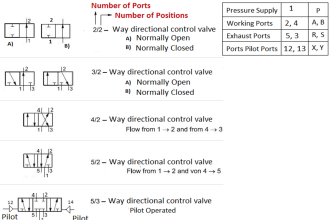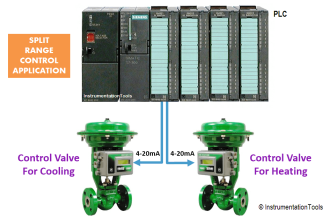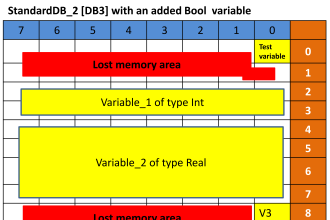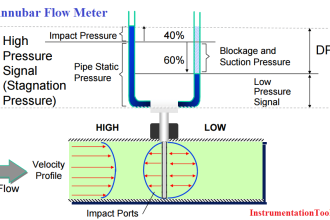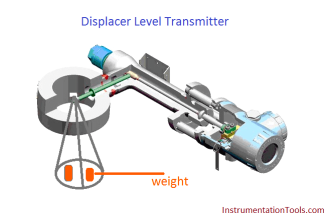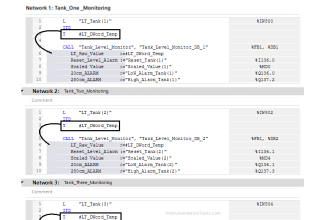In power distribution system both aluminium and ACSR are commonly used. Mostly aluminium conductors are used in the distribution system because of cheaper in cost. Some of the factors which decides the size of the conductors designed for distribution system are given below:
- Current carrying capacity of the conductor or distribution line
- Allowable voltage drop or line regulation
- Breakdown strength of the conductor
Current Carrying Capacity of Line:
The current carrying capacity of a conductor decided by the maximum conductor temperature rise or operating temperature. Operating temperature is limited by mechanical aspects such as allowable span, mid-span sag, joints, creep in conductors and long term mechanical efforts. Generally 85oC (AAAC), 75oC, 70oC, 65oC, or 60oC (ACSR) maximum operating temperature is used. Lower temperature is used for long spot lines particularly in rural distribution system. where jumpers may give trouble at higher loading.
The permissible operating temperature of an overhead conductors depends on the maintenance of adequate clearances and limitations of the loss of strength through annealing. Generally, the maximum current which an over-head conductor size designed to carry must not cause it to be heated such that it may result in the annealing of the metal of the conductor or reduction in the clearances specified. Usually for normal day loading, a maximum operating temperature 75oC is permitted which is allowed to reach up to 100oC for emergency loading.
Voltage drop and Voltage Regulation:
The allowable voltage drop is considered as critical factors in determining the conductor size for 11kV and Low Tension (LT) distribution line with thermal loading (ampere loading) about 80 percent of the normal thermal rating based on the maximum operating temperature. Large conductor size (cross section) employed in distribution lines reduces the resistance of the line and hence the I2R losses and voltage drop in the line; and hence voltage regulation of the line improves. But using large cross section conductor size will increase the cost as the material required is more.
Hence an optimum value must be chosen in between the cost and improving voltage regulation while designing the conductor size for distribution power system.
Mechanical Characteristics of Conductors:
The choice of conductor size from mechanical view point depends on the :
External Loading: Wind speed, ice loading and ambient temperature
Internal Characteristics: Stranding, modulus of electricity, thermal expansion of the creep. For example, considering the creep and economics AAC is used in LT distribution lines. The line characteristics includes voltage regulation is influenced by distribution line parameters and system frequency, current carrying capacity is assessed from the heat balance (amount of heat generated and heat dissipated).
Factors Consider for Distribution Cable Selection
The factors to be considered for evaluating the suitability of a cable for particular application are load, system voltage, cable insulation, short circuit rating, environmental conditions, sheath and protective coverings, heat dissipation losses, economic considerations etc. The following points are important
Maximum continuous current rating:
While choosing the conductor size for continuous rating, proper care should be taken of all the rating factors depending on actual conditions of installation. Like any other equipment selection, current carrying rating of the cable is governed by permissible rise in temperature of the cable which the insulation provided to the cable should have to withstand. This depends on the amount of heat produced and the surrounding temperature of the soil. The current rating of the cable apart from the above factors also depends on the large number of factors such as method of cable laying employed, spacing between the cables, number of cores of the cable and thermal conductivity of the soil.
System Earthing:
The type of system: Earthed or un-earthed?Is it solid grounding resistance/reactance grounding? The unearthed system will require full insulation from the core to the ground and the cable will be costly compared to the earthed system. For un-earthed cables, more insulation is provided in order to withstand the higher voltage stresses during the short circuit faults
Voltage drop:
The cable should be selected such a way that at full load, the voltage drop should be within the permissible limits.
Conditions of installation:
Methods of installation, estimated thermal resistivity of soil, type of covering, type of armouring, the need if any for additional corrosion protection.
Expected Short Circuit Level of System:
On the basis of the expected short circuit current and time of clearance, an appropriate conductor size for the cable may be selected. The cables should be selected such that it has to withstand stresses and temperature rise in the event of short circuit faults
Temperature rise:
During short circuit temperature of cable rises, cables should be able to withstand the rise in temperature for a prescribed duration without getting damage. It has to allow continuous current during normal operation without rise in the temperature and should be within desired limits
Economic evaluation:
One of the important factors to be considered while choosing the cable is cost evaluation

